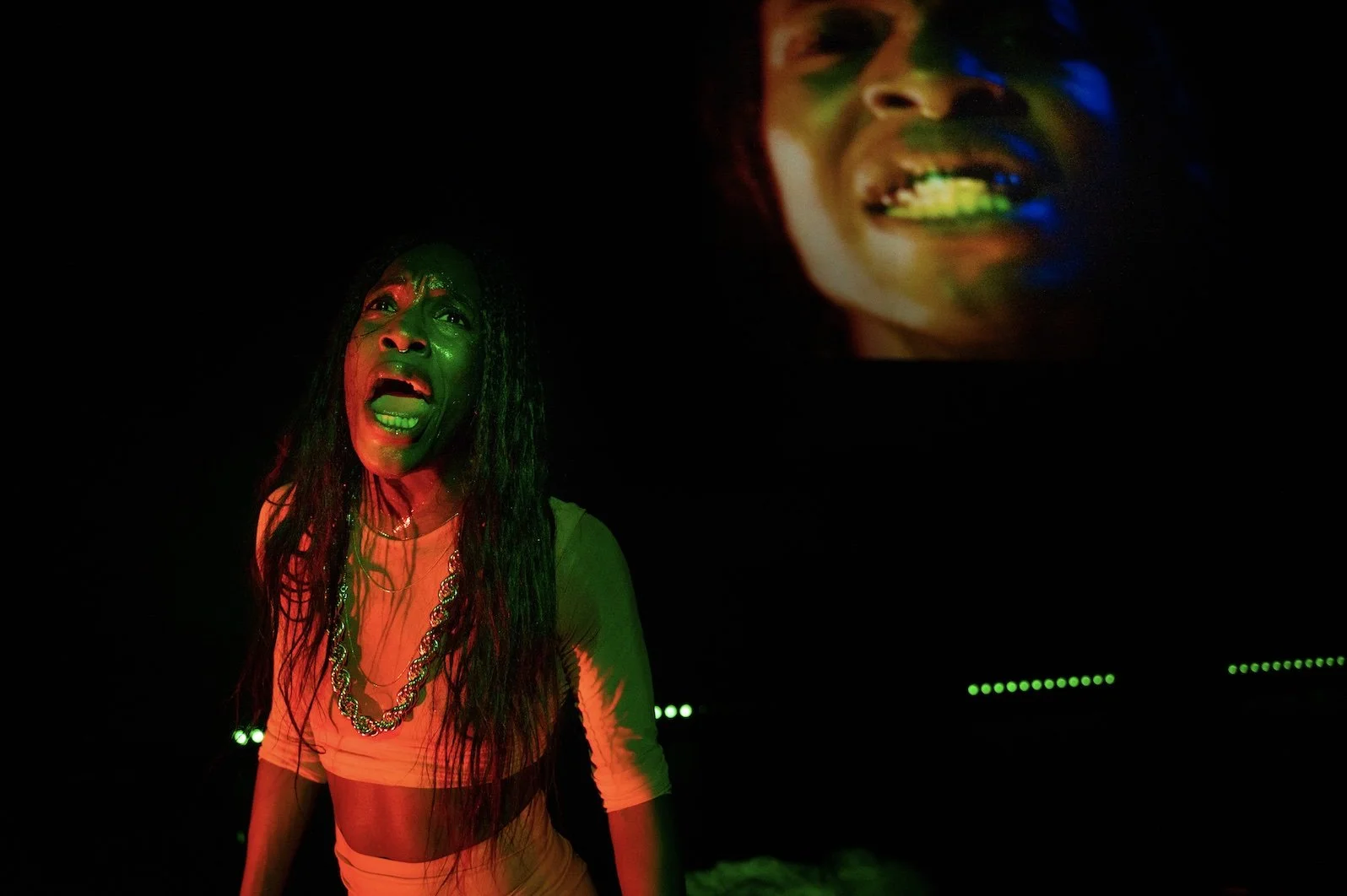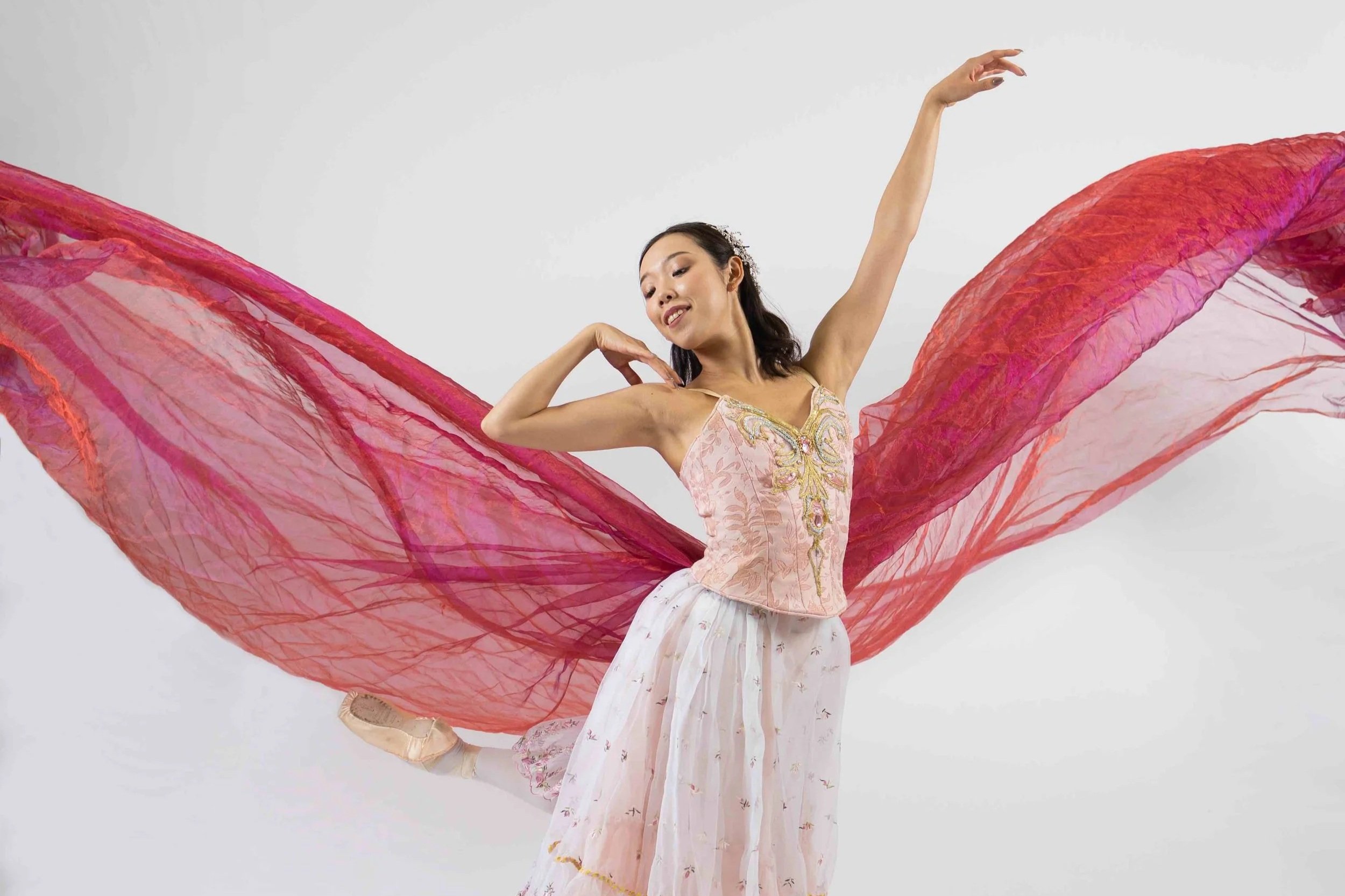Montreal’s Ebnflōh explores the bystander effect through language of hip-hop
In its B.C. debut with the Dance Centre, Spicey Landé’s new La Probabilité du Néant takes fierce street form into urgent psychological terrain
Ebnflōh’s La Probabilité du Néant looks at the actions we take when we witness events. Photo by Melika Dez
Photo by David Wong
Ebnflōh Dance Company’s La Probabilité du Néant is at the Scotiabank Dance Centre from December 7 to 9 at 8 pm
WHEN YOU SEE THE work of Montreal’s exhilarating Ebnflōh Dance Company, what strikes you first is the raw authenticity of the hip-hop—the way choreographer Alexandra “Spicey” Landé avoids watering down the glitches, slouches, pops, and locks.
But as exciting as the movement is, it’s the socio-psychological landscape, and its urgent urban touchstones, that really sets her work apart from other dance artists who bring the street to the contemporary dance stage.
Speaking to Stir from her homebase in Montreal, she describes her dance best, as “stretching the inside out.” “I’m really interested in inner feelings externalized through movement and performers,” the energized artist says.
In its stunning local debut at Dancing on the Edge last year, the troupe’s In-Ward explored the effects of isolation, in an alternately dark and darkly funny portrayal of six bodies trapped, No Exit style, in a room. Now Landé’s new La Probabilité du Néant (The Probability of Nothingness), presented by The Dance Centre here, looks at the bystander effect from all angles.
“I started reflecting on that a year before George Floyd and Black Lives Matter,” says Landé, who also happens to have studied Psychology at university. “For me, when I think about the bystander effect, the most powerful person in that social context is the witness. I zoomed in on, What is it to be a witness—to witness things you have power to change? Or sometimes that you don't have power to change? Sometimes when you have the power you act on it, and sometimes you don’t. What if you could act on it and you don't? Are you also like a perpetrator?”
In the video- and beat-pumped Probabilité, those explorations can speak to the specific as well as our broader world. There are scenes that could apply to the fight you stumble on when you step on the bus, Landé says: who provoked the screaming match, and how do you get the whole picture before stepping in? Or you can apply the bystander effect to our environmental crisis.
“We are witnessing the world crumble in front of our eyes, and we’re all witnesses and we are all responsible for what is happening to the environment,” she says. “So the most nuanced position to be in is the witness, because you have the most power.”
An inextricable aspect of that take on the world is the fact that Landé is a Black female artist, she adds.
“Of course it has an influence that I’m a person from a specific point of view,” she says. “I’m looking at it from my experience. I know if I put six or eight Black bodies onstage, I’m already being very specific, in a way.”
Which brings us to the way that hip-hop culture, and the way she experienced it, infuses her shows as much as the fierce dance vocabulary—that is, the way she celebrates the individual flow, allowing for freestyle expression and battle energy within the choreographed moments.
“For me, when I think about the more subtle things about hip-hop, I’m thinking of myself growing up as a youth in government homes in the ‘hood, and I’m thinking about how hip-hop influenced me today,” she explains. “My identity as a Black woman is part of it. Even if I have different dancers, it's important for me to make references about that—if not through the dancers, the MCs will speak about it, or the DJs will play music that speaks of those things.”
Choreographing for the stage since 2008, the artist has been building these ideas—culminating in La Probabilité du Néant, her most ambitious work to date. It features eight dancers (six breakers, two pop-and-lock virtuosos, and three of them with contemporary-dance degrees, she says), a live-performing composer-performer-sound designer (Richard “Shash’U” St-Aubin), and video elements.
With this intense multifaceted show, Landé continues to push the hip-hop form she grew up with in the ‘80s.
“I want to explore, to innovate within the dance,” she explains. “I’m still in a box but I want to break that box. I find that interesting, because some people might find that limiting to be working with a specific aesthetic. But for me it's interesting to dig and find and express within it.”















